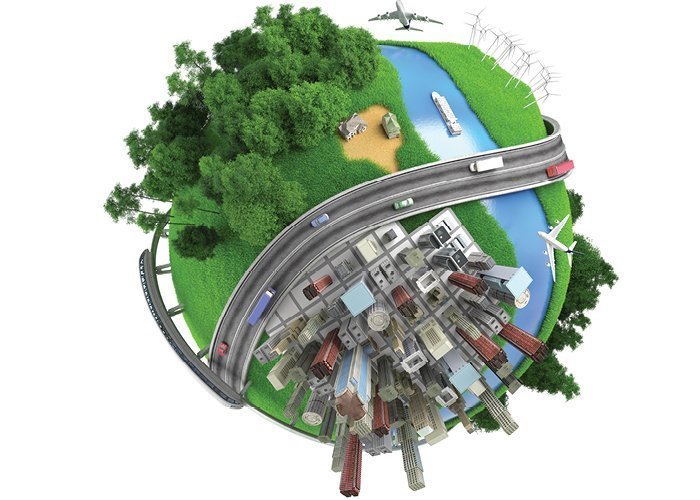This piece was originally published in the May/June 2019 issue of electroindustry.

Steve Griffith, PMP, Industry Director, NEMA
Steve Griffith is the NEMA Industry Director for the Transportation Systems Division and the principal staff liaison for NEMA’s Internet of Things and Cybersecurity activities.
We are in the midst of a transportation technology transformation that is increasingly connected, electrified, shared, and perhaps ultimately autonomous.
Rapid advances in transportation technology in the past few years alone have complemented the interconnectivity that we’ve come to know as the Internet of Things (IoT). This network of physical objects that are embedded with or connected to electronics, software, sensors, and other devices enable them to achieve greater value by exchanging data with the manufacturer, operator, and other connected systems.
Driving Transformation
This exciting data-rich environment will be the genesis for a multitude of mobility applications that keep traffic flowing and make it easier for people to plan their travel experience. Imagine, for instance, apps that find open parking spaces, locate available last-minute ride- share partners, guarantee you make your bus or train connection, or help a blind pedestrian cross the street.
Furthermore, imagine if an application could save gas by optimizing the phasing of traffic signals to eliminate idling and unnecessary stops and starts. Or if an app could help you avoid congestion by taking alternate routes, taking public transit, or rescheduling your trip—any of which can make your trip more eco-friendly.
There are four main technologies that will drive the transportation transformation: ride-sharing, electrification, connected/autonomous vehicles, and drones.
RIDE SHARING
Mobile technology has enabled people to access new transportation options with the push of a button. Companies like Lyft, Maven, Uber, and Zipcar have introduced a new way for people to participate in the sharing economy as drivers, riders, or both. Within the urban environment, ride sharing already has eliminated the need for some individuals to own vehicles. Riders can use their smartphones to check availability, make a reservation, and unlock a vehicle.
ELECTRIFICATION
The transportation sector represents the single largest user of non-electrical energy, accounting for approximately 29 percent of total energy use in the United States.1 While the U.S. currently lags behind China and Europe in terms of vehicle electrification, a number of global original equipment manufacturer’s have announced plans to produce or expand their electric vehicle (EV) portfolio over the coming years. Two primary factors affecting the growth of EV sales are declining costs and decreased range anxiety. Advances in battery technology will exert downward pressure on prices, and national efforts are underway to deploy EVSE infrastructure. Companies like Electrify America are committed to building a nationwide network of workplace, community, and highway chargers that are convenient and reliable.
CONNECTED/AUTONOMOUS VEHICLES
According to IHS Markit, annual autonomous vehicle sales will exceed 33 million in 2040 and autonomous mobility will be a feature in more than 26 percent of new car sales.2 Automated features such as lane departure warning, adaptive cruise control, blind spot detection, and active braking are already available.
The optimal deployment of connected/automated vehicles will require smarter streets, with infrastructure connected to other infrastructure and to the traveling vehicles. Because of the volume of data likely to be produced, agencies will likely need to adopt cloud and edge computing processes to manage and analyze the data.
DRONES
From large reconnaissance aircraft to small quadcopters available to the public, unmanned aerial vehicles (UAVs, or drones) are an increasing presence in our airspace. According to the Federal Aviation Administration, more than a million commercial and noncommercial drones are registered in the United States, with estimates ranging as high as six million drones that will be registered by 2021.
Drones are currently used in infrastructure inspection, agriculture, real estate, film, first responder operations, and insurance. They have potential use in delivery services. These applications can create efficiencies, lower costs, and remove workers from hazardous or dangerous situations.
1 Energy Information Administration, S. Primary Energy Consumption by Source and Sector, 2017
2 https://www.greencarcongress.com/2018/01/20180102-ihs.html